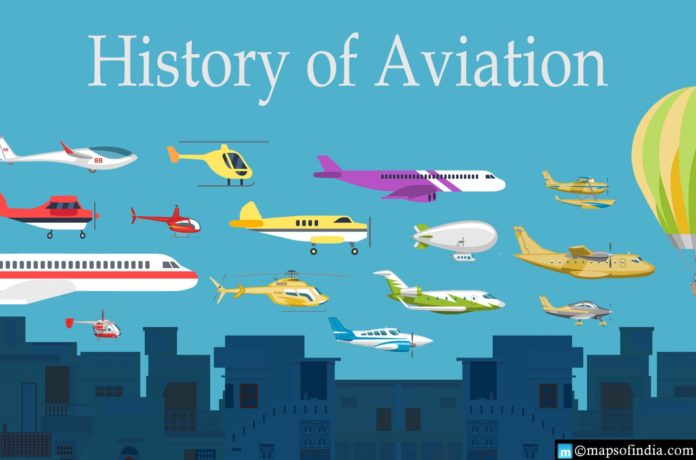The initial history of Indian aviation in India can be traced back to February 18, 1911, when the first functional Civil Aviation flight to Allahabad took off for Naini at around 10 km. During the All-Ahabad Show, Henri Pequet, a French pilot, flew 6,500 mails to the host’s office in Allahabad using a Humber aircraft. J.R.D. Tata dispatched a postal package from Karachi to the Juhu airport on October 15, 1932. It is the country’s first official airmail service. His airline’s name was then changed to Air India. In addition, following the deadly disaster of Air India Flight 182, the Bureau of Civil Aviation Safety (BCAS) was established in 1987.
Pushpaka Aviation operated overseas scheduled flights between Bombay and Sharjah as an Associate Carrier of Air India from 1979 until 1983. After the government disbanded public aviation in 1991, Air Asiatic became the world’s only national private airline. The law has been repealed, and private airlines may now operate scheduled flights. Under the ‘Air Taxi’ program, the government permitted private airlines to operate charter and unscheduled flights. Domestic transactions were regulated by private airlines such as Air Sahara, Damania Airways, and NEPC Airlines. Air India deployed more than 68 Boeing planes bought for around $8 billion in 2006, whereas Indians ordered 43 Airbus jets for $2.5 billion in 2005.
On February 18, 2021, India celebrated its 110th anniversary in the aviation industry. The Indian Aviation Industry is now one of the world’s most significant aviation sectors. India’s aviation sector is growing at an annualized rate of 18%, and it has 874 airports and airstrips, including 32 classified as international airports. Private airlines represented more than 75% of the domestic aviation sector in May 2006. With an increasing traffic flow in December 2009, the Indian aviation sector experienced a nearly US$ 22 million rise in income.
Furthermore, according to the most recent forecasts given by the Ministry of Civil Aviation, the Airport Authority of India appears to be on track to earn better profits in the coming years. The better profits are mostly traced to an increase in overall revenue from Delhi International Airport Limited and Mumbai International Airport Limited. Not just that, but airports in India are regarded among the best in the world. In 2010, the Airport Authority of India planned to spend more than $1 billion on airport upgrading. Moreover, the civil aviation ministry has made Delhi an international hub for passenger carriers to use enormous amounts of new capacity to assist the airport.
Immediately after receiving independence, India had nine air transport businesses carrying both freight and passengers. The Indian government nationalized all existing airline assets in 1953. Indian Airlines was founded to serve the domestic market, whereas Air India served the international market. Both Indian Airlines and Air India had a monopoly on the Indian sky. Service was poor, aircraft were frequently delayed, and regular travellers had several difficulties. However, the situation has improved since liberalization.





